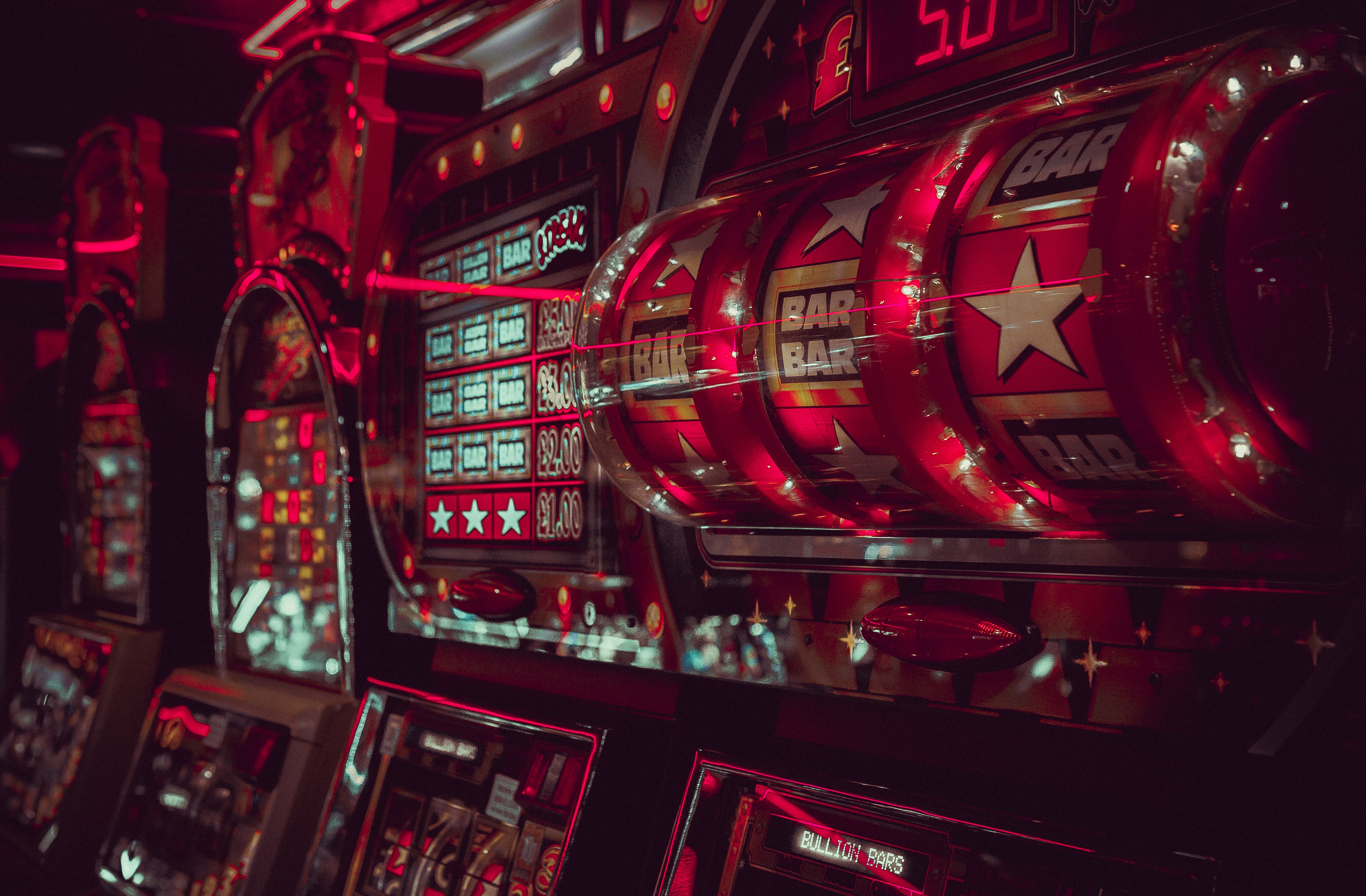PROVIDING YOU WITH ALL THE BEST BETS

From the casual player who might enjoy them on an occasional trip to a casino to the hardware slot lover who spins the reels on a regular basis, slot games are enjoyed by millions of people right around the world.
The average player probably doesn’t give much thought to the behind-the-scenes workings of a slot game or how the genre came about in the first place. After all, today’s players have an ocean of titles to choose from, covering just about every theme you could ever imagine, including space, art, ghosts, and Irish folklore.
On top of that, there are unique features, such as Megaways which can be found on popular slots like Gonzo's Quest that create tens of thousands of individual paylines for each spin.
But while today’s slot games are immersive storytelling devices with rich sets of features, they didn’t start out this way.
It’s taken more than a century to create the modern slot games we know today. Here’s how they have evolved.
The First Slot Machines
Charles August Fey is widely credited with being the inventor of the first slot machine, though this isn’t strictly true. The Bavarian-born inventor moved to the United States early in his adult life and began working as an engineer.
It was this experience and his passion for tinkering that saw him create the Liberty Bell, an automatic slot machine that could dispense coins as prizes, in 1899. Other machines had come before it, including some that Fey had created, but it was the first to contain all the features we expect from a modern slot machine.
Fey built over 100 of these Liberty Bell machines, striking deals with bar owners to lease them for free in exchange for a profit-sharing agreement. Sadly, only four remain today as many were lost to time and the 1906 earthquake in San Francisco.
Due to laws in California at the time, Fey was unable to patent his creation, so many copycats sprung up across the USA and the rest of the world.
IMAGE HERE >>> https://images.unsplash.com/photo-1514977126150-31c9c7b3d9e1?ixlib=rb-1.2.1&ixid=MnwxMjA3fDB8MHxwaG90by1wYWdlfHx8fGVufDB8fHx8&auto=format&fit=crop&w=1170&q=80 >>> Photo
Growing Popularity
Although slot machines were an instant success, Las Vegas helped to make them grow in popularity.
Through the 20th century, the casinos that lined the strip had row after row of mechanical one-armed bandits, helping them to become instantly recognisable. This fame helped slot machine manufacturers to get their devices into other establishments, including casinos, betting shops, pubs, bars, and even service stations across America and the rest of the world.
The Digital Switchover
Like with many other things in life, slot machines have gone digital. While Fey’s original design used nothing but mechanical moving parts, modern games use video screens and computers to work.
The transition began in 1976, when another Californian company used logic boards and a Sony Trinitron display to create an entirely digital slot game.
This was a pivotal moment for the format as it allowed creators to design games that go beyond the traditional mechanics and functionality. For example, bonus features, mini-games, and multiple paylines wouldn’t have been possible with physical reels and a set of springs and cogs interacting with each other inside the machine.
Video slots can also offer better graphics, alongside animations and video cut scenes because the display can be manipulated to show anything while physical reels are fixed in what they can show.
The Internet and Innovation
While video slots may have been created in 1976, they really came into their own in the 21st century as the internet has made them more accessible.
Online casinos have helped to dramatically increase the size of the slot game market, with many new software developers starting up within the last 10-15 years. These companies have created innovative features such as cascading slot reels, progressive jackpots, and Megaways.
These features create more variety in the playing experience and have helped to drive competition in the industry.
This competition has also seen an RTP arms race. RTP is the measurement of how much a player can theoretically expect to receive back from their wagers if they play for a very long time. It’s not a guarantee but more of a reference to make comparison easier.
Since the RTP rate is usually prominently advertised with the games online, slot developers have innovated with ways to increase the rate as high as possible, with some now offering percentages above 99%.
